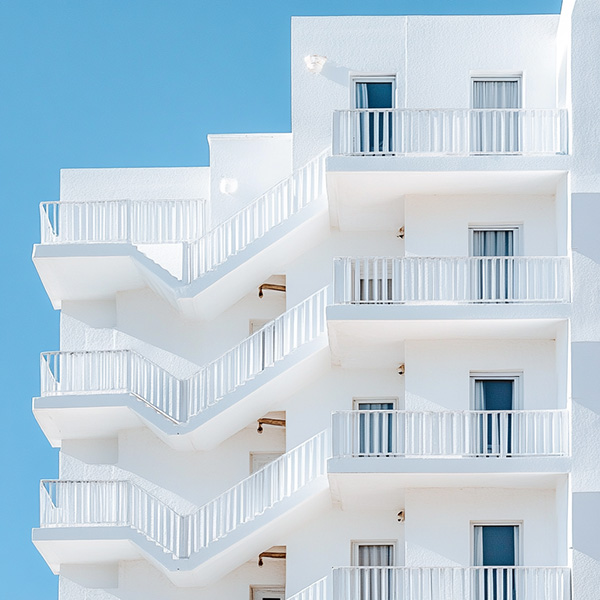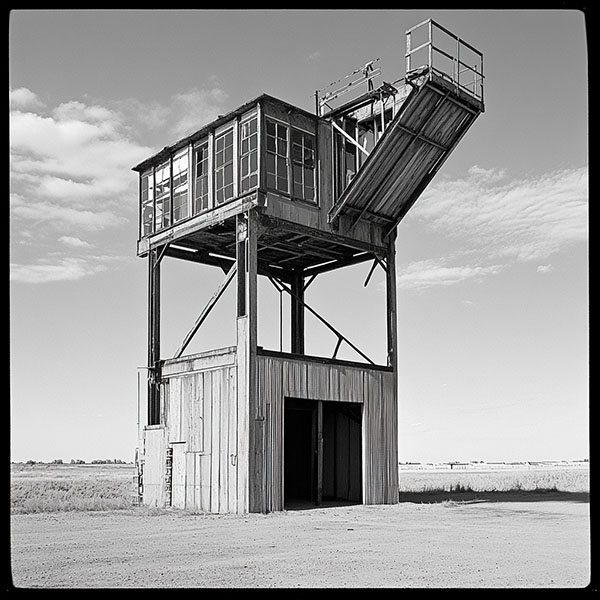Creating an artistic travel photo goes beyond snapping pretty scenes. It takes intention, patience, and a unique way of seeing. Here’s how to move from ordinary to extraordinary:
1. Slow Down and Observe
Instead of rushing to capture every landmark, take time to truly see your surroundings. Look for patterns, contrasts, light play, or quiet moments that tell a deeper story.
Art happens in the pauses—when you’re fully present.
2. Chase Light, Not Just Locations
Great light makes great photos. Early morning or late afternoon (the golden hours) often offer soft, directional light with beautiful tones and long shadows. Dramatic light can elevate even a mundane scene.
3. Tell a Story
Ask yourself: what story does this place tell? What emotion does it carry? Capture details that hint at the soul of the location—a texture, a gesture, a fleeting moment.


4. Include Imperfection
Art isn’t always polished. Don’t be afraid of blur, grain, or unexpected framing—if it adds emotion or mystery, embrace it. Strive for feeling, not perfection.
5. Use Composition Creatively
Break the rules. Or bend them. Use negative space, reflections, leading lines, or framing through windows and doorways. Look up, down, and sideways. Surprise the viewer.
6. Focus on the Unseen
Everyone photographs the Eiffel Tower. But who captures the hands of the street musician playing nearby? Look for what others overlook. That’s where originality lives.
7. Engage With the Place
Be curious. Talk to locals. Learn the rhythm of the street. This engagement often leads to more meaningful encounters—and better photographs.
8. Limit Your Gear
Sometimes, one camera and one lens is enough. Limiting tools forces creativity and makes you more mobile and intuitive.
9. Edit with Intent
Post-processing can enhance mood and bring your vision to life. But avoid overediting—use color, contrast, and tone to support the story you want to tell, not to impress.
10. Develop a Personal Style
Study artists you admire, but don’t copy. Experiment until you find your voice. What themes attract you? What colors, moods, or angles repeat in your work?



